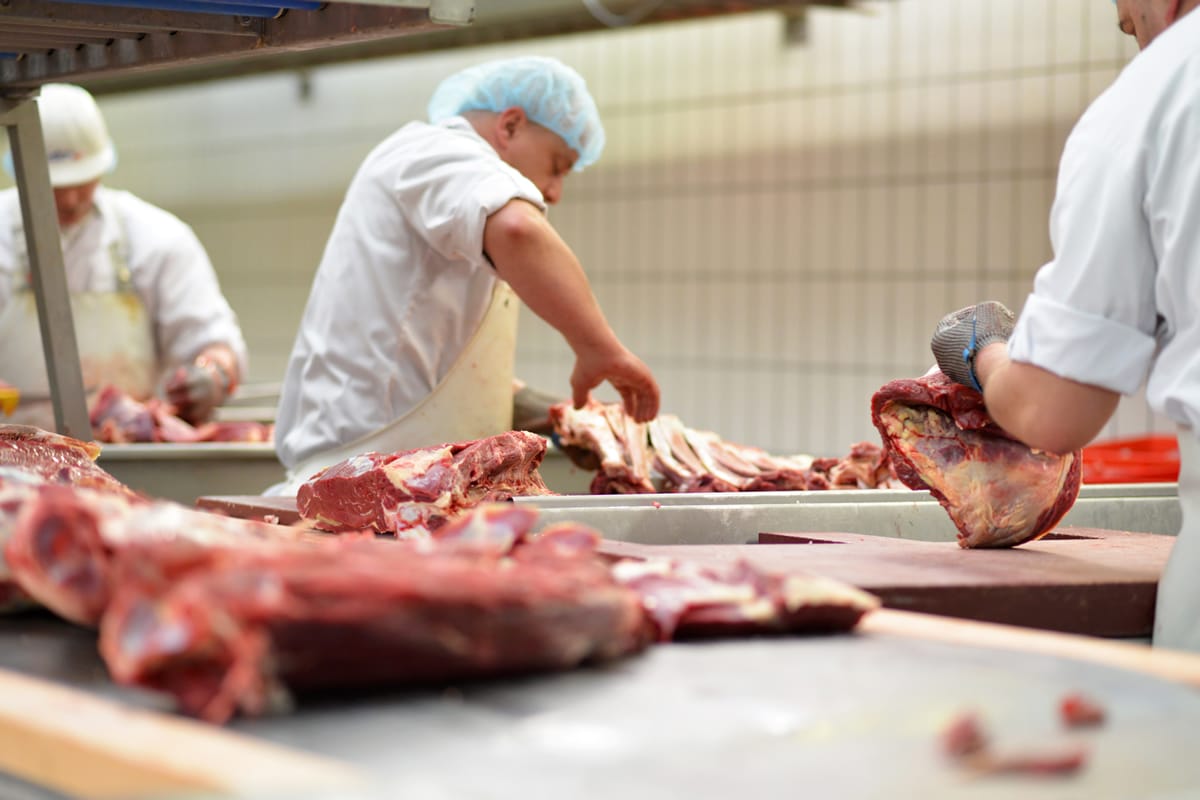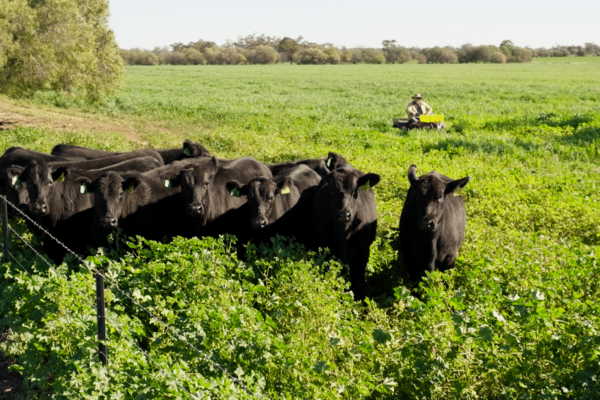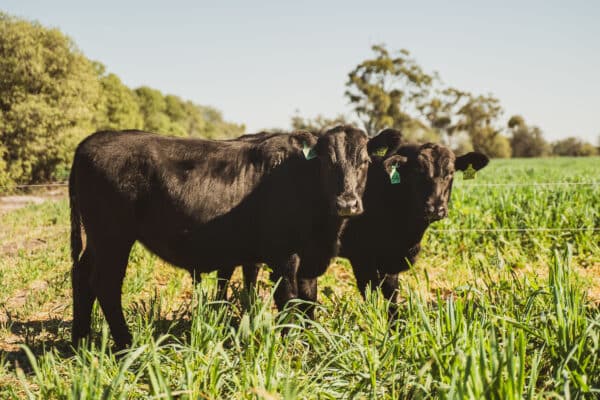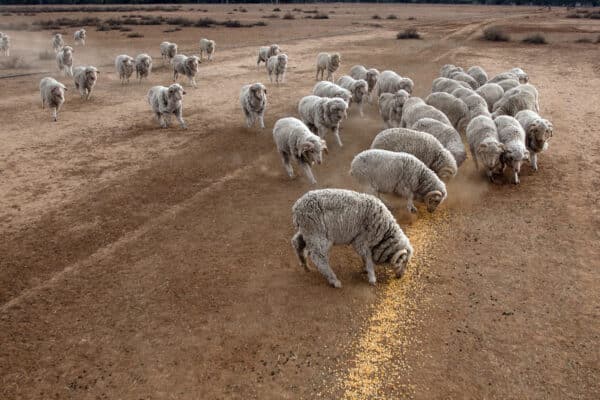The term ‘dark cutters” is a commonly used term to describe meat post slaughter that presents as a very dark colour. The incidences of dark cutting vary between locations and times of the year but industry recognises that it occurs at a rate around 8-10% of animals slaughtered. (NSW DPI, Dark Cutting Beef-What is It? 2001)
Dark cutting beef has several traits that make it undesirable for the market, these traits include:
- a high water holding capacity – so the meat loses a lot of moisture during cooking and becomes
very dry; - reduced shelf life – bacteria grow more rapidly due to the higher pH and moisture;
- a sticky texture.
Dark cutting beef is exacerbated when the animal:
- is exposed to high levels of stress pre slaughter (handling, weather, socialisation)
- Has low energy intake
Minimising the incidences of dark cutters
The cellular chemistry
Feed consumed by the animals goes through the digestive process to eventually become a usable energy source know as glycogen. Glycogen is stored in muscle cells for utilisation when required. When an animal is slaughtered the stored glycogen is converted to lactic acid. This lactic acid causes the pH of the meat to fall. A living animal has a muscle pH of about 7.2 and once slaughtered the pH begins to fall as the formation of lactic acid takes place. The speed of the pH decline and the level to which it falls determines if that carcass will present as a “dark cutter”. The term dark cutter directly refers to the pH of the carcass post slaughtering, if the pH of the carcass is greater than 5.8, this carcass will be graded as a dark cutter.
The speed of the pH decline and the level that it falls to is directly correlated to the amount of available glycogen at slaughter. The greater the concentration of glycogen at slaughter the lower the risk of experiencing dark cutting, due to the increase capacity to produce lactic acid.
Managing Dark Cutters Practically
If cellular concentrations of glycogen can be increased pre slaughter the greater the chance of reducing the instance of “dark cutters”. There are several practical steps that can be taken to enhance the pH fall required to reach a pH below 5.8
Increase fermentable starches in the diet
the fermentation of starch’s is an easy way to increase the body’s concentration of glycogen.
Maintain rumen function
the rumen is the primary site of digestion which produces the volatile fatty acids (VFA’s), which are the building blocks of glycogen. The physical function of the rumen relies upon strong, frequent muscle contractions. These muscle contractions ensure that fermentation rates are being maximised through the mixing and coating of feed with the contents of the rumen which increase the production of VFA’s. Muscle tone is driven by a chemical balance, to ensure that correct, strong signals are being sent to the rumen to maintain mixing. One of the key nutrients responsible for maintaining this physical process is Magnesium.
Minimise stress
The use of low stress stock handling principals can play a significant role in reducing the incidence of dark cutters. While the principals are extremely sound whenever livestock are handled, a certain level of stress is applied to these animals based upon the predator prey relationship we have with cattle. Minimising the physiological stress can be done by ensuring that the nutrients that are rapidly burned during a stress event are abundantly available.
Clever supplementation can help!
Supplements such as the RumenWorks Green Feed Range, contain several key ingredients that can help minimise the instances of dark cutters.
Fermentable starches
Concentrations of highly fermentable starches allow for increased production of glycogen. This increase in glycogen is more available at the time of slaughter to be transformed into Lactic acid. Therefore the ability of the carcass to have a pH fall below 5.8 is more likely.
Magnesium
It is well recognised that the delivery of highly available forms of magnesium can increase the efficiency of rumen fermentation rates. By increasing the efficiency in which feed ingested is converted to glycogen, this glycogen stored in the muscle is the key pH driver.
Nutrients of Stress
Vitamins such as B groups, Vitamin A and Vitamin E have huge demands when an animal is placed under stress. By providing concentrations of these nutrients prior to the stress event, the animal can have a lower stress response and provide a carcass with a lower risk of being a dark cutter.
Dark cutting animals rob profitability from producers, abattoirs, and retailers. Minimising the incidence can deliver greater profitability back to the supply chain. The link in the chain with the highest level of responsibility and influence is you, the producers. Doing all you can to mange dark cutters will ultimately reward you.




